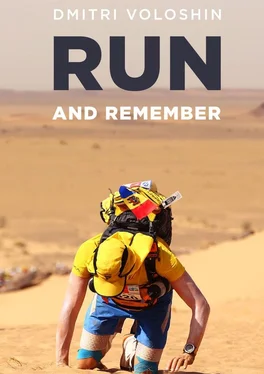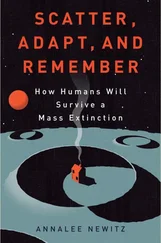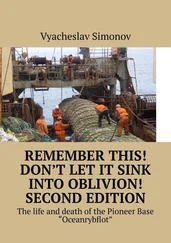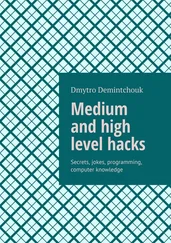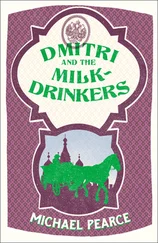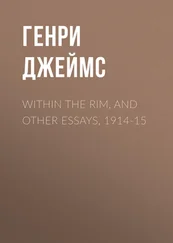– SPOT Gen3 10 10 a device that you can take with you on a trip, to a marathon or to other places where there is no mobile connection, and from which you can signal “OK” and “SOS”
satellite tracker (113 g) – so that they could see the location of each runner;
– A chip 11 11 part of the timekeeping system attached to your BIB number, which allows you to record your time
(20 g) – to fix down the time of each stage;
– Salt tablets (25 g) – to maintain salt balance under conditions of dehydration;
– Toilet bags (30 g);
– BIB number 12 12 personal race number, which is issued to a runner.
tags (10 g) – one for the chest and one for the back.
Washing (90 grams)
Participants of the race usually take with them the following hygienic belongings: soap, wet wipes, toilet paper, antibacterial liquids, dry shampoo, a toothbrush, toothpaste, and a towel. In general, I’m an ogre13 by nature, so I’m pleased with the prospect of not washing for a week. I decided to take only toilet paper (90 grams).
Sleeping (642 grams)
I noticed that training is successful if you have a good night’s sleep before it. Even if I don’t eat, even if I’m not in a good mood, and even if it’s raining.
Sleep is the main thing for refreshment. I want to sleep long and tight when I’m in the desert, so I take with me a sleeping bag, a mat, and earplugs. Some take a pillow as well. I decided to save 100 grams on this and I’ll put a backpack under my head.
It took me a long time to choose a sleeping bag. There are many ultra-light sleeping bags with cool down on the market now. There is also another interesting option – a pair: a waistcoat plus a pocket for your legs. I scratched my head and chose an optimal combination of weight, volume, and cold-resistant properties, taking into account the expected +5°C at night – Minimus Down Sleeping Bag, K Series (372 grams).
Sometimes I climb mountains and take inflatable mats. Honestly, they are uncomfortable, creaky, narrow, and even unreliable – a spark can make a hole. It takes a long time to inflate and blow them up. Therefore, I decided to take a sleeping mat (a foam mat) to the race. Therm-a-Rest Z-Lite (270 grams) is the coolest and lightest mat.
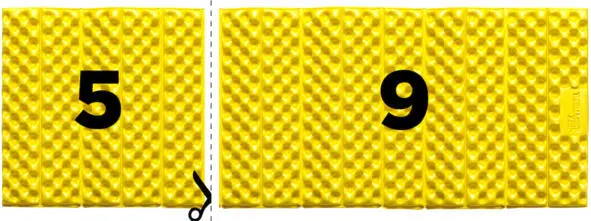
To save weight, I cut off one third of the mat. My feet can lie on the ground, as the main thing is that my bottom feels soft.
Clothing (2579 grams)
The most important thing here is a backpack.
A lot depends on it. Fortunately, I didn’t have to rack my brains for a long time and took a 20-liter WAA MDS ULTRABAG (1086 grams). More than half of the people run with it at the Marathon des Sables. It’s such a proven workhorse.
I only cut off unnecessary straps, ropes, hooks
and rubber bands – in total, more than 200 grams of excess weight. The final weight of the backpack was a little more than a kilogram.
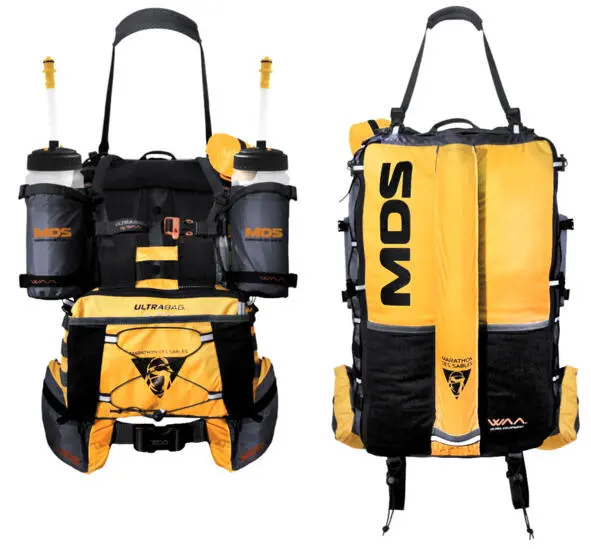
The second most important item is sneakers. Well, this is my favorite pastime: to buy, run, become sad, and give away. I did so three times before I decided on the design and size. I chose Hoka Challenger ATR 3 (a pair is 660 grams).
I took one and a half centimeters bigger than my usual size. After all, it’s known that the main trouble for runners at the Sand Marathon is calluses. 90 percent of participants get them. The formula is very simple: heat + sweat + friction = calluses. Moreover, if some sand gets into your sneakers, you’ll have to throw away your feet.

To avoid getting sand into your shoes, gaiters, shoe covers with a hook and loop fastener, can be used. The hook and loop fastener is sewn to the sneaker and to the gaiter.
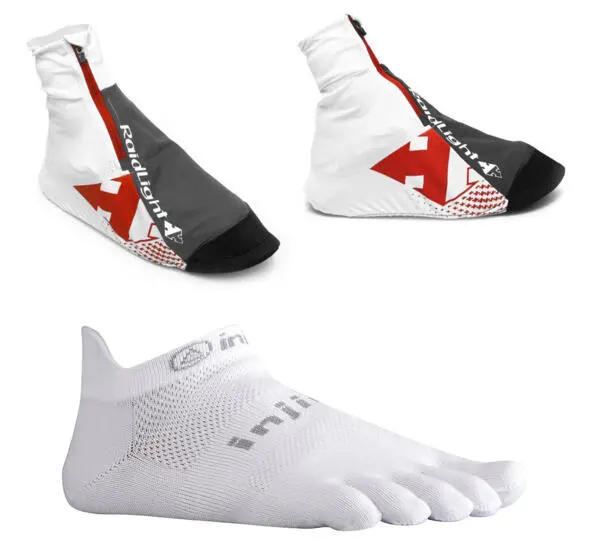
Wear them and you can safely run in the sand.
I chose RaidLight Desert Gaiters (76 grams): they are light and don’t rub. It’s very important to choose the right socks. Fivefingers 13 13 fingersocks or 5-toe socks. It’s about socks, right!
prevent friction between the toes and help to save your feet. Before the MDS, I ran a marathon in Injinji (32 grams) and didn’t rub anything.
There is another strange technology for protecting the skin of the feet – tanning.
Yes, legs are tanned like a leather jacket. There is a simple recipe: make baths with lemon juice every day for a month before the race. The skin coarsens and becomes resistant to rubbing. It’s in theory. In practice, the same 90 percent suffer from calluses. I think they all tried to save their feet, and many of them with the help of tanning.
As for me, I don’t mind a couple of calluses. This will allow me to fully experience the desert and to suffer a little, as I love…
On my head, I wear a light Salomon Cap XA + Cap ear-flapped hat (95 grams) with neck protection from the sun. Sunglasses (30 grams) are for the same purpose. On my body, I wear my favorite Waa Ultra Carrier Shirt (174 grams) and comfortable Salomon S-Lab Exo Twinskin shorts (142 grams).
I have in my backpack a woolen shirt with long sleeves (205 grams) to keep warm at night, spare socks (39 grams), and weightless slippers (40 gramms) from the hotel to walk around the camp.
Treatment (78 grams)
The first-aid kit weighs a little, but everything depends on it. Therefore, I try to foresee any surprises (it doesn’t hurt to dream).
The first-aid kit includes:
– Loperamide – against upset stomach;
– Ketanov – against pain;
– Nurofen – against inflammation;
– Persen – against insomnia;
– Compeed plasters 14 14 the best plasters in the world for treating blisters and corns.
;
– Alcohol for disinfection;
– Tape for knees;
– Sunscreen.
The “medical block” includes a mandatory doctor’s certificate, assuring the organizers that the runner will not kick the bucket at the first stage. I’m always astonished at the bravery of doctors signing such papers. Organizers also doubt the adequacy of Aesculapians, so they always require a cardiogram (and from old fellows like me – a cardiogram under load).
Charging (810 grams)
Well, how to go without devices? After all, it’s not for nothing that I graduated from polytechnics and I love all these pieces of metal. But…all these things weigh a lot, so I take only the most important.
The phone is not the most important thing, because there is no coverage in the desert and the iPhone turns into a pretty toy. Therefore, it will wait for me at the finish.
However, a Garmin Fenix 3 (82 grams) watch will run with me. I decided to shoot this six-day torture on GoPro HERO 5 Black camera (117 grams) in 4K mode, and later I will make pictures from the video. In addition, on a trial basis, I took with me a Garmin inReach Explorer + ® 15 15 same as a satellite tracker, only with an additional texting feature.
satellite messenger (213 grams). It allows communication with the family, calming the wife with the message “I’m still alive!” after each stage. By the way, this piece of hardware sends the host’s coordinates via space to a server every 10 minutes. And voila, you can see exactly where I’m crawling through the desert.
Читать дальше
